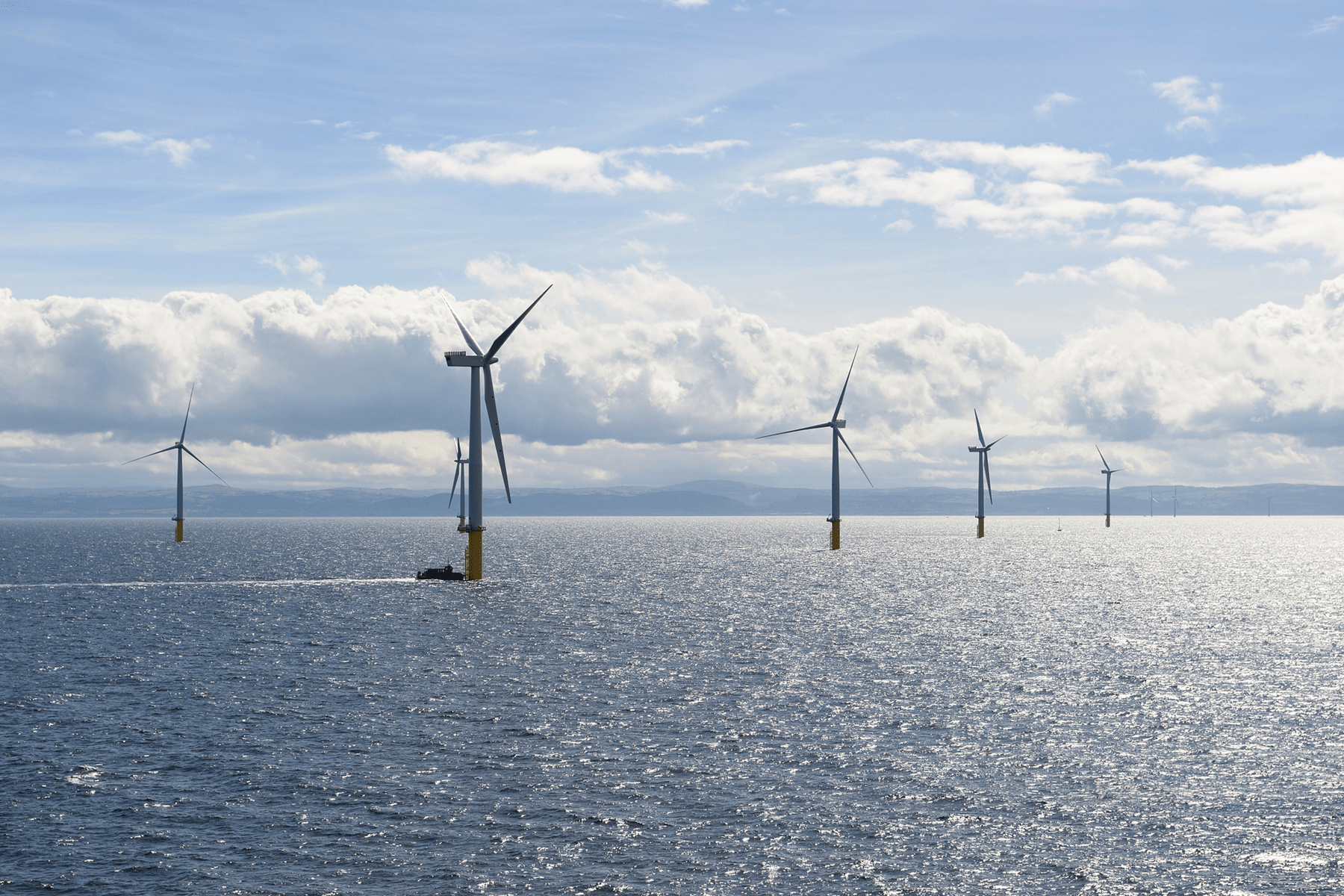
Wind turbine manufacturer Siemens Gamesa Renewable Energy (SGRE) has announced the launch of the “world’s first” recyclable commercial turbine blade.
The 81m blades allow recyclers to separate their component materials more easily at the end of the blades’ lifespan. Produced at the SGRE’s factory in Aalborg, Denmark, the blades use a new resin to bind component materials. After decommissioning a blade, the company can use a mild acid solution to fully separate the resin from the materials.
How well do you really know your competitors?
Access the most comprehensive Company Profiles on the market, powered by GlobalData. Save hours of research. Gain competitive edge.

Thank you!
Your download email will arrive shortly
Not ready to buy yet? Download a free sample
We are confident about the unique quality of our Company Profiles. However, we want you to make the most beneficial decision for your business, so we offer a free sample that you can download by submitting the below form
By GlobalDataA statement from SGRE says: “This mild process protects the properties of the materials in the blade, in contrast to other existing ways of recycling conventional wind turbine blades. The materials can then be reused in new applications after separation.”
Three companies have already ordered the blades. Both EDF Renewables and WPD have said they plan to use the blade in future projects. A SGRE spokesperson said that the company will offer recyclable blades on future project orders. German energy company RWE will install a trial batch at the Kaskasi offshore wind farm, with first generation in 2022.
RWE offshore wind CEO Sven Utermöhlen said: “We are pleased that the Kaskasi wind farm can provide a facility for testing innovations. Here, we are preparing to test special steel collars and to use an improved installation method for foundations. Now, Kaskasi installs the world’s first recyclable wind turbine blade.”
The construction of most wind turbine blades makes them difficult to recycle profitably. The most-used blade manufacturing process involves joining materials in ways that make them difficult to separate after use. Alongside this, the comparatively low cost of new materials result in many turbine blades end up as waste.
Previously, SGFRE has said it aims to make turbines fully recyclable by 2040. SGRE head of quality management Gregorio Acero said the company has stayed “well ahead” of that goal. However, SGRE have not stated whether third-parties could effectively recycle the new blades.




